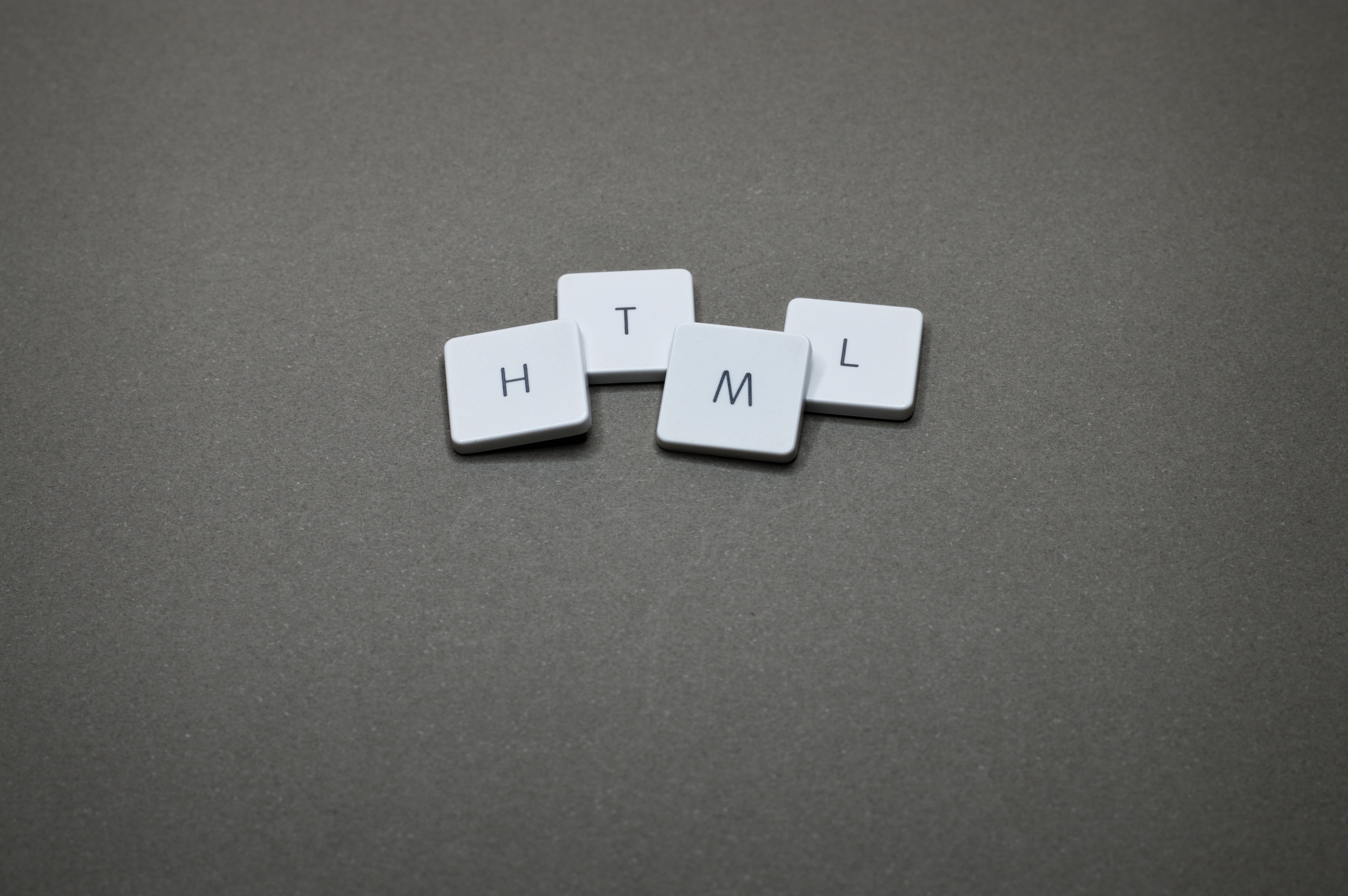Introduction to HTML
 Asim Payra
Asim Payra
HTML
HTML stands for Hypertext Markup Language. HTML is the standard markup language for creating Web pages. It mainly describes the structure of a Web page. All webpages content HTML inside it as it's basics structure. It is the skeleton of any web page.HTML file that contains different types of tags, elements and attributes in it. An HTML file is saved with the extension ".html" or ".htm". It is an easy-to-learn language. we can write HTML codes in a simple notepad or any text editor.
History of HTML
The first version of HTML was written by Tim Berners-Lee in 1993. Since then, there have been many different versions of HTML.

Different versions of HTML
HTML is a very evolving markup language and has evolved with various versions updating. Long before its revised standards and specifications are carried in, each version has allowed its user to create web pages in a much easier and prettier way and make sites very efficient.
HTML 1.0 was released in 1993 to share information. It can be accessible by the web browser. At that period not many developers are not involving in creating websites, so the language did not grow.
Then comes HTML 2.0, published in 1995. It contains all the features of the previous version with some extended features.
Then comes HTML 3.0, where Dave Raggett introduced a fresh paper or draft on HTML. It included new features of HTML, which gave more powerful characteristics for webmasters in designing webpages and web applications.
Then comes HTML 4.01, which is widely used and was a successful version of HTML before HTML 5.0, which is currently released and used worldwide. HTML 5 can be said for an extended version of HTML 4.01, which was published in the year 2012.
Code: a3aa094c
Subscribe to my newsletter
Read articles from Asim Payra directly inside your inbox. Subscribe to the newsletter, and don't miss out.
Written by

Asim Payra
Asim Payra
Work as a Full stack web developer